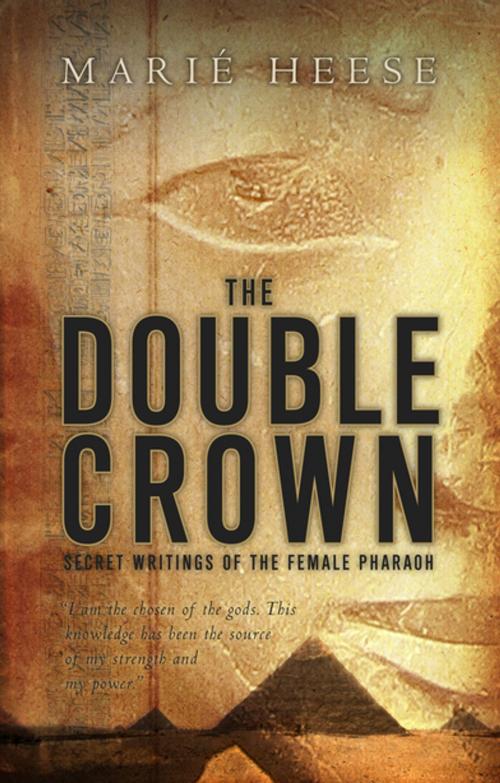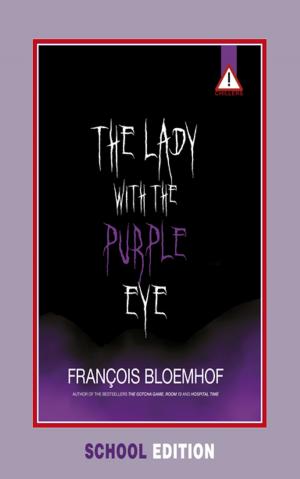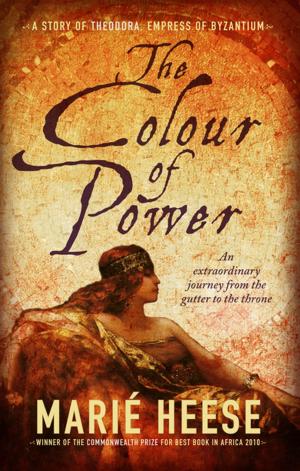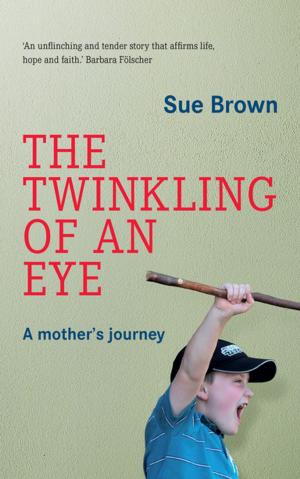| Author: | Marié Heese | ISBN: | 9780798153577 |
| Publisher: | Human & Rousseau | Publication: | April 28, 2011 |
| Imprint: | Human & Rousseau | Language: | English |
| Author: | Marié Heese |
| ISBN: | 9780798153577 |
| Publisher: | Human & Rousseau |
| Publication: | April 28, 2011 |
| Imprint: | Human & Rousseau |
| Language: | English |
This gripping novel is the fascinating and true story of Hatshepsut, the female pharaoh who ruled over Egypt for two decades around 1500 BC. The “double crown” refers to her reign over Upper and Lower Egypt, but also the dual nature of her life: Pharaoh and woman in one person. She relates her story in a series of scrolls, with additions by her scribe (to whom she has given the scrolls for safekeeping). We read about the grievous loss of her children; her thwarted love for Senenmut; the suspicion that impairs her judgement and eventually leads to the death of her friend, the loyal Khani. How Hatshepsut became pharaoh, and why her name was expunged from her temples and obelisks after her death, is the theme of this novel. A vibrant and poignant portrayal of an ambitious and courageous woman and the betrayals she faces, both as a woman and a ruler. (Most of the characters in the novel are recorded in history, only about 20 are fictional. But the fusion of fiction and non-fiction is seamless. The dwarf Bek and his wife, who are fictional, are as convincing as Hatshepsut’s nurse, who is an historical figure.)Dan Lazar, Heese’s US agent, rightly calls her “a literary stylist with commercial chops”.
This gripping novel is the fascinating and true story of Hatshepsut, the female pharaoh who ruled over Egypt for two decades around 1500 BC. The “double crown” refers to her reign over Upper and Lower Egypt, but also the dual nature of her life: Pharaoh and woman in one person. She relates her story in a series of scrolls, with additions by her scribe (to whom she has given the scrolls for safekeeping). We read about the grievous loss of her children; her thwarted love for Senenmut; the suspicion that impairs her judgement and eventually leads to the death of her friend, the loyal Khani. How Hatshepsut became pharaoh, and why her name was expunged from her temples and obelisks after her death, is the theme of this novel. A vibrant and poignant portrayal of an ambitious and courageous woman and the betrayals she faces, both as a woman and a ruler. (Most of the characters in the novel are recorded in history, only about 20 are fictional. But the fusion of fiction and non-fiction is seamless. The dwarf Bek and his wife, who are fictional, are as convincing as Hatshepsut’s nurse, who is an historical figure.)Dan Lazar, Heese’s US agent, rightly calls her “a literary stylist with commercial chops”.















